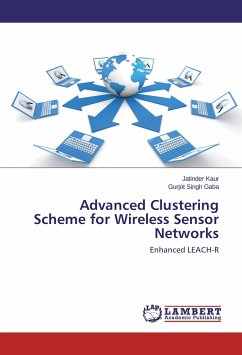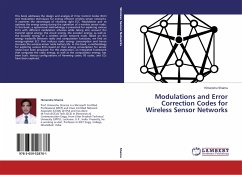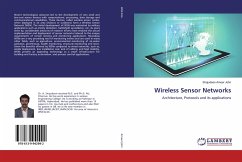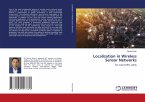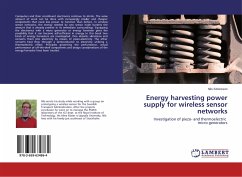Wireless Sensor Networks has come into wide use owing to the rapid achievements in MEMS technologies, wireless communications and digital electronics. They have a wide range of applications including environmental monitoring, security surveillance, military applications and others. Energy considerations as well as data delivery are among the most important design issues of such networks. This book proposes novel and efficient techniques to maximize the network's lifetime while keeping complete network coverage. The techniques divide the network lifetime into rounds. Lifetime maximization depends on choosing a Network Master (NM) at the beginning of each round based on criteria that minimizes power consumption. The NM is rotated to distribute the energy load and each sensor has its turn to act as a NM for a certain number of cycles. The book also contributes in studying the effect of noisy environment on communications within the network and on data packets delivery. The book studies the tradeoff between increasing the average probability of receiving correct packets, through increasing the operating SNR, and increasing the network's lifetime, through using lower SNR.
Bitte wählen Sie Ihr Anliegen aus.
Rechnungen
Retourenschein anfordern
Bestellstatus
Storno



